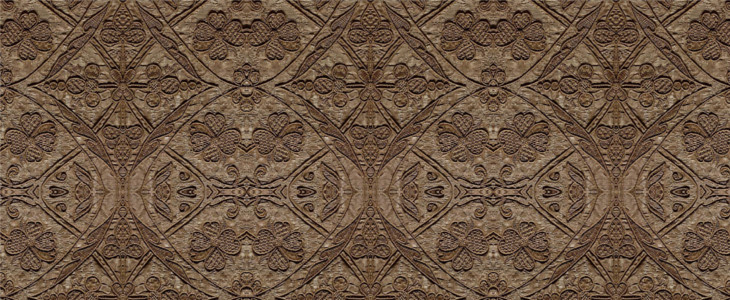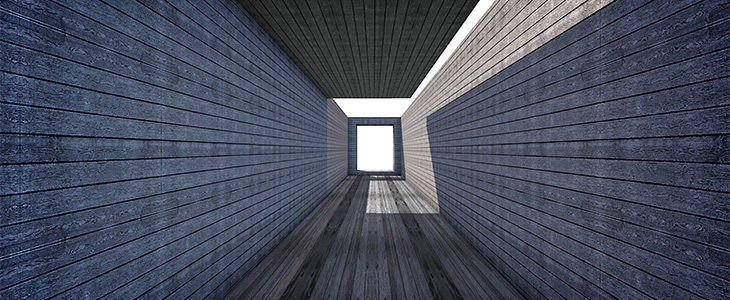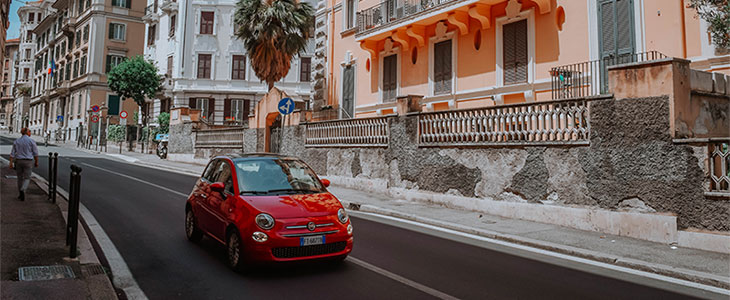1712 – Queen Anne Introduces a Wallpaper Tax in Great Britain

Wallpaper is a material used to cover and decorate the interior walls of homes and other buildings. It is usually sold in rolls and at its most rudimentary is just plain lining paper that is painted or used to help cover uneven surfaces and minor wall defects. Of course, the majority of hung wallpaper is more aesthetically pleasing. It is textured with either a regular repeated pattern design or, a single non-repeated large design.
Historically, the techniques for manufacturing wallpaper have included hand-painting, woodblock printing, stencilling, and various types of machine-printing. Apart from adding colour to a room, wallpaper was used as an insulating layer between stone walls and the room to retain heat in the room.
In 1712 Queen Anne introduced a wallpaper tax in Great Britain to generate much-needed income. Patterned, printed, or painted wallpaper was initially taxed at 1d per square yard, rising to 1s by 1809 (equivalent to £3.50 as of 2018).
The tax was avoided by purchasing plain paper and having it hand stencilled, or hanging plain wallpaper and then painting patterns on the walls. The tax raised little revenue and was abolished in 1836.
Although wallpaper has gone in and out of fashion since the 1930’s, its overall trend has been to lose ground to plain painted walls. Technology is now taking wallpaper to a new level. Meystyle, for example, invented LED incorporated wallpaper that enhances mood and ambience through lights and crystals. New wallpaper coated with silver ink is used to enhance privacy by blocking mobile phone and WiFi signals.
"You’d be stupid not to try to cut your tax bill and those that don’t are stupid in business"
- Bono: U2




